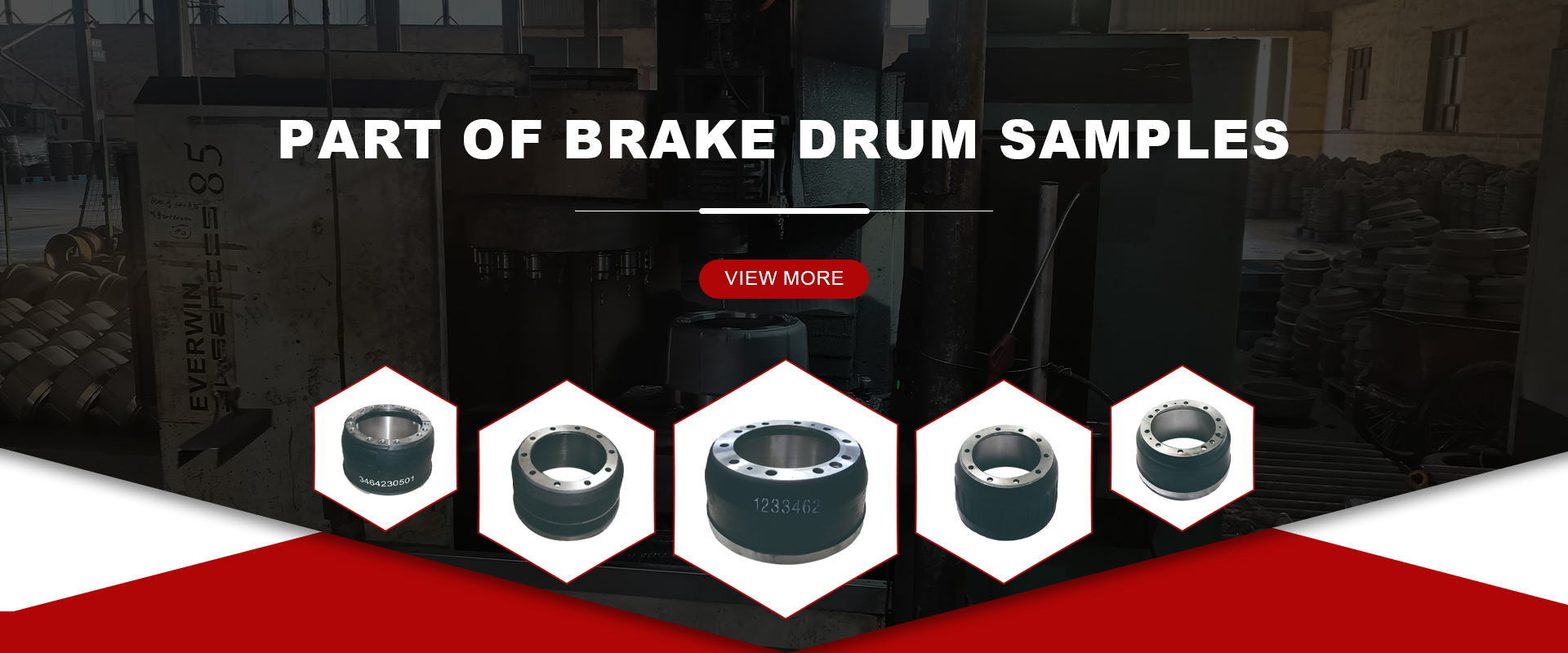Nov . 14, 2024 00:55 Back to list
removing a brake drum
Removing a Brake Drum A Step-by-Step Guide
Removing a brake drum is a task that many car owners may find daunting, but it is an essential part of maintaining your vehicle's braking system. Understanding this process is crucial for performing brake maintenance or repairs. In this article, we will take you through the steps required to remove a brake drum safely and effectively.
Tools and Equipment Needed
Before we get started, it’s important to gather the necessary tools and equipment. Make sure you have
- A jack and jack stands - A lug wrench - A brake drum puller (if necessary) - A ratchet and socket set - A torque wrench - Brake cleaner - Rags for cleaning - Safety goggles and gloves
Step 1 Safety First
Before beginning any automotive job, safety should be your top priority. Start by wearing safety goggles and gloves to protect yourself from debris and sharp edges. Ensure you are working in a well-ventilated area, and, if possible, work on a level surface to prevent the vehicle from rolling.
Step 2 Loosening the Lug Nuts
Once you have your tools ready, the first step is to loosen the lug nuts on the wheel where the brake drum is located. Use the lug wrench to turn the nuts counterclockwise. Do not remove them completely at this stage; just break the initial tightness.
Step 3 Lifting the Vehicle
Next, use the jack to lift the vehicle off the ground. Make sure to position the jack under the vehicle’s jacking points, which are located in the owner’s manual. Once the vehicle is securely lifted, place jack stands under the vehicle to provide extra support. Never work under a vehicle supported only by a jack.
Step 4 Removing the Wheel
Now that the vehicle is stable, you can fully remove the lug nuts. Take off the wheel to expose the brake drum. This may require some effort, especially if the wheel has been on for a long time and may be corroded.
Step 5 Inspecting the Brake Drum
removing a brake drum

Before removing the brake drum, take a moment to inspect it for any visible damage, such as cracks or heavy wear. If the brake drum is damaged, it’s crucial to replace it. If the drum looks good, you can proceed to the next step.
Step 6 Removing the Brake Drum
The drum may be held in place by the wheel studs or may require the use of a brake drum puller. If the drum is stubborn and does not easily slide off, use a brake drum puller. Align the puller arms with the holes on the drum and gradually tighten the center bolt until the drum releases. Be careful, as excessive force can damage the drum or brake components.
Step 7 Cleaning and Inspecting Brake Components
Once the drum is removed, clean the inside of the drum with brake cleaner and inspect the brake shoes, springs, and other components. Look for signs of wear or damage, such as frayed brake shoes or leaking wheel cylinders. If any parts are worn, consider replacing them.
Step 8 Installing the Brake Drum
If you have completed any necessary repairs or replacements, now is the time to reinstall the brake drum. Slide the drum back onto the axle, ensuring it fits smoothly over the brake shoes.
Step 9 Reattaching the Wheel
With the drum securely in place, it’s time to reattach the wheel. Place the wheel back onto the wheel hub, and hand-tighten the lug nuts. Lower the vehicle with the jack and then fully tighten the lug nuts to the recommended torque specifications using a torque wrench.
Step 10 Final Checks
Finally, it’s essential to do a few final checks. Make sure all tools are removed from the work area and that everything is securely fastened. Press the brake pedal a few times to ensure that the brake shoes adjust to the new drum before taking the vehicle for a short test drive.
Conclusion
Removing a brake drum can be a straightforward task if approached methodically and safely. By following these steps, you can save money on mechanic fees while gaining a deeper understanding of your vehicle’s braking system. Remember always to prioritize safety and consult a professional when in doubt. Happy wrenching!
-
Scania Brake Drums: OEM Quality for Optimal Safety & Durability
NewsAug.16,2025
-
R.V.I: Advanced Remote Visual Inspection for Precision
NewsAug.15,2025
-
Discover HYUNDA: Innovative Vehicles, Equipment & Solutions
NewsAug.14,2025
-
R.V.I: Unlock Advanced Insights & Real-time Performance
NewsAug.13,2025
-
Kamaz Brake Drum: Durable & Reliable for Heavy Duty Trucks
NewsAug.12,2025
-
Heavy Duty Iveco Brake Drum - Premium Quality & Safety
NewsAug.11,2025
